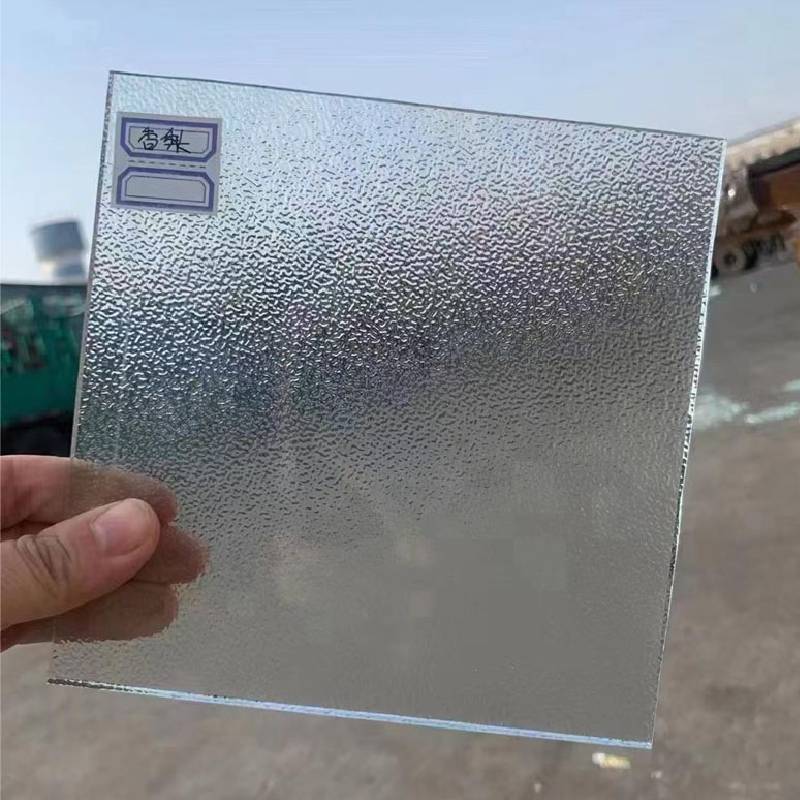The Manufacturing Process of Float Glass A Comprehensive Overview
Float glass, known for its superior quality and clarity, is an essential material in a wide array of industries, from construction to automotive. The manufacturing of float glass involves a meticulous process that ensures its strength, smoothness, and transparency. This article delves into the intricacies of float glass manufacturing, outlining its key stages, the technology involved, and the significance of quality control.
At the heart of float glass production is the float process, which was invented in the 1950s by Sir Alastair Pilkington. This innovative technique revolutionized glass manufacturing by producing a glass surface that is remarkably flat and free of distortions. The process begins with the careful selection of raw materials, including silica sand, soda ash, and limestone. These components are mixed in precise proportions to create a batch that can be transformed into glass.
Once the raw materials are prepared, they are subjected to intense heat in a furnace that reaches temperatures around 1,700 degrees Celsius (3,092 degrees Fahrenheit). Here, a chemical reaction occurs, melting the materials into molten glass. The quality of the glass at this stage is crucial, as any impurities can affect the final product. After the glass is melted, it flows onto a bath of molten tin. This is where the magic of the float process happens the glass spreads out and forms a uniform layer, thanks to the buoyancy of the tin. This method ensures that both surfaces of the glass are perfectly flat, resulting in the high clarity that float glass is known for.
As the glass sheet moves along the tin bath, it gradually cools and solidifies. Once it reaches the end of the bath, the newly formed glass is called “float glass.” It is then cut into manageable sheets for further processing. The thickness of the float glass can be adjusted during production, allowing manufacturers to cater to various applications, from thin glass for windows to thicker plates for structural uses.
float glass manufacturing plant
The next crucial step in float glass manufacturing is annealing. After cutting, the glass sheets pass through an annealing lehr, a controlled heating and cooling chamber. This process is essential for relieving internal stresses within the glass that could lead to breakage. As the glass cools slowly, it also ensures a consistent thickness and enhances overall durability. Following annealing, the glass sheets are carefully inspected to identify any defects, such as bubbles or scratches.
Quality control is a continuous aspect of float glass manufacturing. Advanced technology is often employed, including automated inspection systems that use cameras and sensors to detect imperfections in real-time. This attention to detail ensures that only the highest quality glass reaches the market and meets safety standards.
In addition to traditional float glass, manufacturers can also produce specialized variants, such as low-emissivity (low-E) glass, which reflects heat, enhancing energy efficiency in buildings. Laminated and tempered glasses add to the versatility of float glass, offering safety features and aesthetic options for consumers.
The environmental impact of float glass manufacturing is also an important consideration. Modern plants increasingly focus on sustainability, employing strategies to reduce energy consumption and manage waste effectively. Techniques like recycling cullet (recycled glass) not only minimize raw material usage but also lower the melting temperature needed, leading to reduced energy costs.
In conclusion, the float glass manufacturing process is a complex yet fascinating blend of art and science. From the careful selection of raw materials to the advanced technology used in quality control, each step plays a critical role in producing the high-quality glass that is so widely utilized today. As the demand for glass continues to grow, innovations in manufacturing practices will likely enhance efficiency and sustainability, ensuring that float glass remains a vital component in modern society.
 Afrikaans
Afrikaans  Albanian
Albanian  Amharic
Amharic  Arabic
Arabic  Armenian
Armenian  Azerbaijani
Azerbaijani  Basque
Basque  Belarusian
Belarusian  Bengali
Bengali  Bosnian
Bosnian  Bulgarian
Bulgarian  Catalan
Catalan  Cebuano
Cebuano  Corsican
Corsican  Croatian
Croatian  Czech
Czech  Danish
Danish  Dutch
Dutch  English
English  Esperanto
Esperanto  Estonian
Estonian  Finnish
Finnish  French
French  Frisian
Frisian  Galician
Galician  Georgian
Georgian  German
German  Greek
Greek  Gujarati
Gujarati  Haitian Creole
Haitian Creole  hausa
hausa  hawaiian
hawaiian  Hebrew
Hebrew  Hindi
Hindi  Miao
Miao  Hungarian
Hungarian  Icelandic
Icelandic  igbo
igbo  Indonesian
Indonesian  irish
irish  Italian
Italian  Japanese
Japanese  Javanese
Javanese  Kannada
Kannada  kazakh
kazakh  Khmer
Khmer  Rwandese
Rwandese  Korean
Korean  Kurdish
Kurdish  Kyrgyz
Kyrgyz  Lao
Lao  Latin
Latin  Latvian
Latvian  Lithuanian
Lithuanian  Luxembourgish
Luxembourgish  Macedonian
Macedonian  Malgashi
Malgashi  Malay
Malay  Malayalam
Malayalam  Maltese
Maltese  Maori
Maori  Marathi
Marathi  Mongolian
Mongolian  Myanmar
Myanmar  Nepali
Nepali  Norwegian
Norwegian  Norwegian
Norwegian  Occitan
Occitan  Pashto
Pashto  Persian
Persian  Polish
Polish  Portuguese
Portuguese  Punjabi
Punjabi  Romanian
Romanian  Russian
Russian  Samoan
Samoan  Scottish Gaelic
Scottish Gaelic  Serbian
Serbian  Sesotho
Sesotho  Shona
Shona  Sindhi
Sindhi  Sinhala
Sinhala  Slovak
Slovak  Slovenian
Slovenian  Somali
Somali  Spanish
Spanish  Sundanese
Sundanese  Swahili
Swahili  Swedish
Swedish  Tagalog
Tagalog  Tajik
Tajik  Tamil
Tamil  Tatar
Tatar  Telugu
Telugu  Thai
Thai  Turkish
Turkish  Turkmen
Turkmen  Ukrainian
Ukrainian  Urdu
Urdu  Uighur
Uighur  Uzbek
Uzbek  Vietnamese
Vietnamese  Welsh
Welsh  Bantu
Bantu  Yiddish
Yiddish  Yoruba
Yoruba  Zulu
Zulu 

